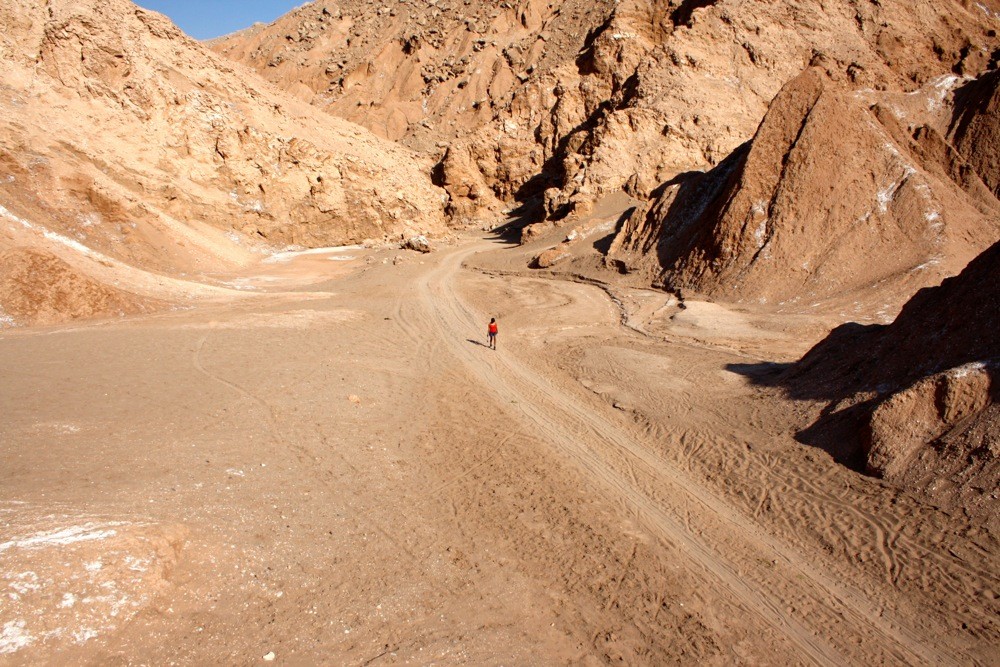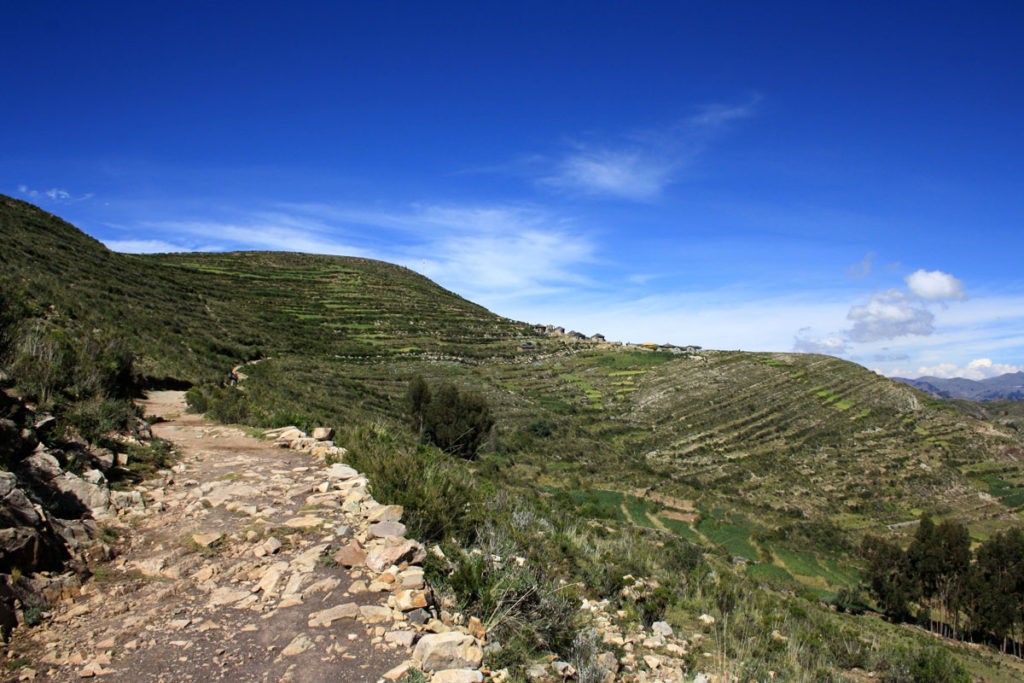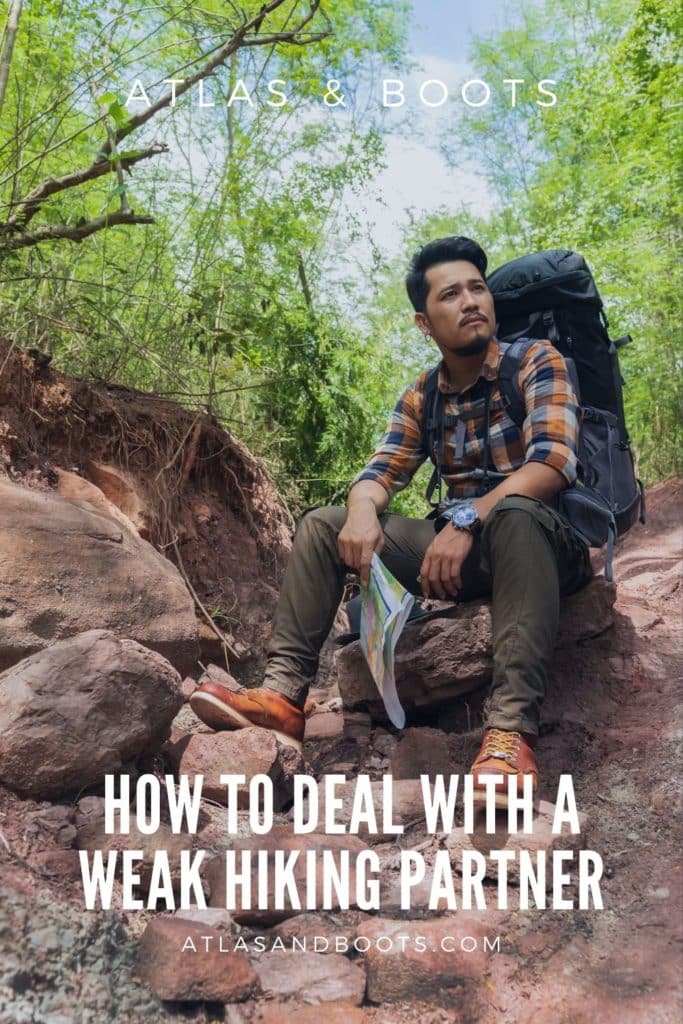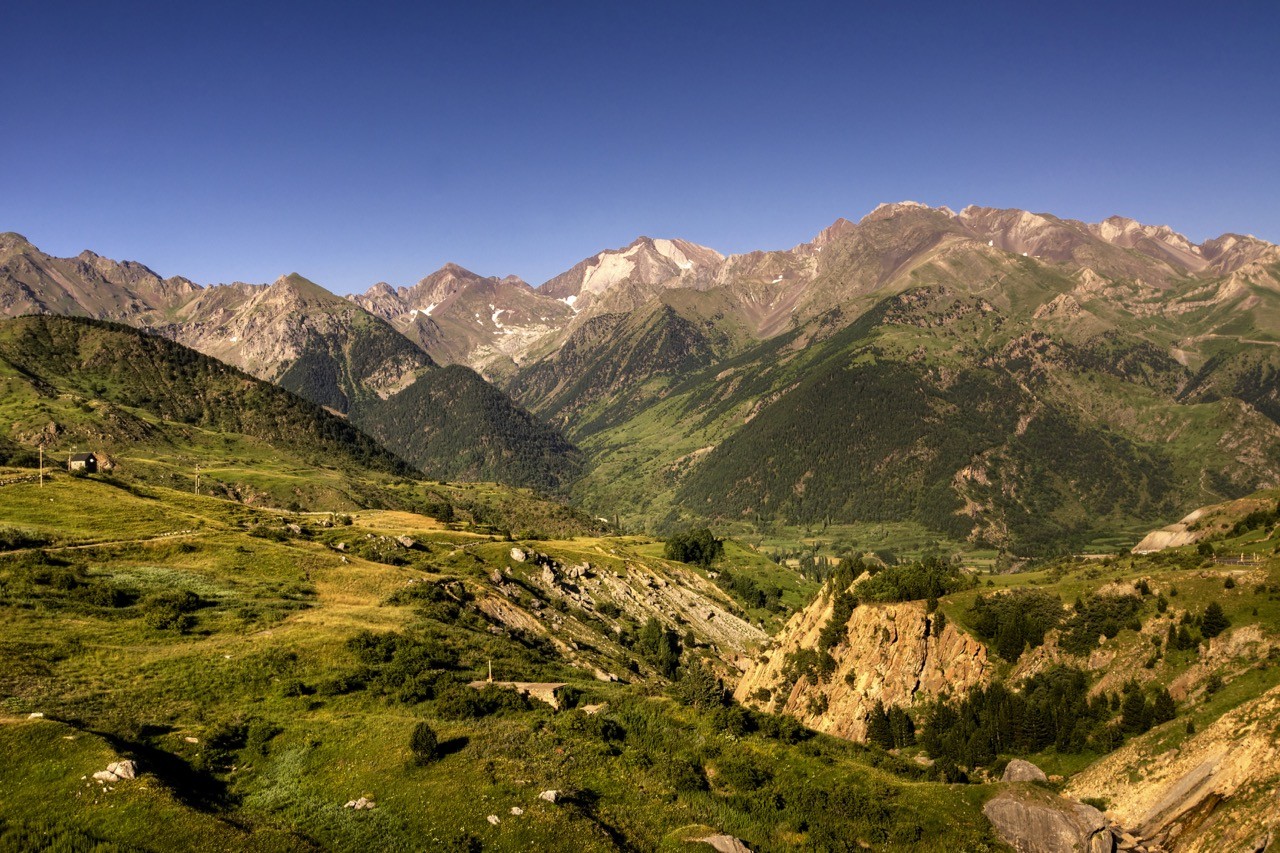It’s safe to say that Peter is a far stronger and more experienced hiker than I am. On Cotopaxi, he bounded ahead at the front of the group while I shivered and stumbled at the back. On Matavanu, he kept me calm when I nearly broke down in tears. On Nevis Peak, he picked up trails to which I was blind.
Of course, he’s not the first to hike with a weak partner. In A Walk in the Woods, author Bill Bryson describes tackling part of the Appalachian Trail with Stephen Katz, his paunchy friend who turns up wholly unprepared for the ordeal ahead.
Sometimes, like in the Bryson’s book, the difference in capability can be funny. Usually, it’s annoying. Occasionally, it’s defeating.
There are things you can do, however, to make the experience more pleasant (or at least less painful) for the both of you. Here’s what works for Peter and me.
Don’t lose your patience – even when they lose theirs
It’s easy to start snapping at someone who doesn’t seem to be trying. After all, it’s just one foot in front of the other – all it takes is mental resolve.
Only, it’s not so easy for everyone. Physical fitness, acclimatisation to altitude, experience and attitude all play a part. A moderate hike for you may be exceedingly difficult for someone else. Try to remain calm and positive. Encourage the weak hiker and don’t show that you’re bored or anxious even if you are. This will only demoralise them further.
If they lose their patience, don’t get defensive (“well, I didn’t ask you to come” or “most people can handle this”). They can be angry if they need to be angry but you should keep your cool.
Give them space but not too much
Don’t feel that you need to stay by their side. If you hike ahead, it will demonstrate that you’re still benefiting from the experience.

Naturally, you should be careful not to stray too far. If hiking in extreme weather or at altitude, you may need to keep an eye on your partner for altitude sickness symptoms or heat exhaustion.
Moreover, if you take a break and they catch up with you, spend five minutes with them instead of setting off again. You may have just had a break but they haven’t.
Take photos
If you have a camera with you, spend some time taking photos. This will give your partner time to catch up with you or even hike ahead without feeling guilty that they’re slowing you down.
Don’t change the plan

If you’re hiking in a remote area or across dangerous terrain, don’t be tempted to take a shortcut or deviate from your plan too much. We’ve heard reports of hikers getting lost for days because they took an unplanned shortcut.
Going off-plan gives rise to unpredictable events. The best you can do for your hiking partner is offer slow but steady progress along a well-planned route.
Lighten the load
If your hiking partner is struggling with the weight on their back, consider taking some off them if possible. Sometimes, the extra few kilograms can make all the difference.
When we arrived at Isla del Sol and I found myself tasked with a steep 30-minute walk at nearly 4,000 metres with 13kg of weight on my back, I knew I couldn’t handle it. Thankfully, a local boy offered to carry my bag for me. In this situation, Peter could have done little for me since he was carrying 20kg of his own, but in different circumstances (Matavanu!) he has lightened my baggage which helped immensely.
Never get complacent
This should go without saying but always pack the ten essentials and always tell someone your plans – even if you’re going on a well-trodden hike.
Last year, seven hikers with helmets, wetsuits and climbing harnesses died after a flash flood in Zion National Park. If unforeseen events can affect highly experienced and well-prepared hikers, they can affect anyone, so give yourself the best chance.
Enjoyed this post? pin it for later…

At the age of 44, in the company of his portly friend Stephen Katz, Bill Bryson set off to hike the Appalachian Trail. In A Walk in the Woods, he recounts his experiences through the vast tangled woods that have been frightening sensible people for three hundred years.










